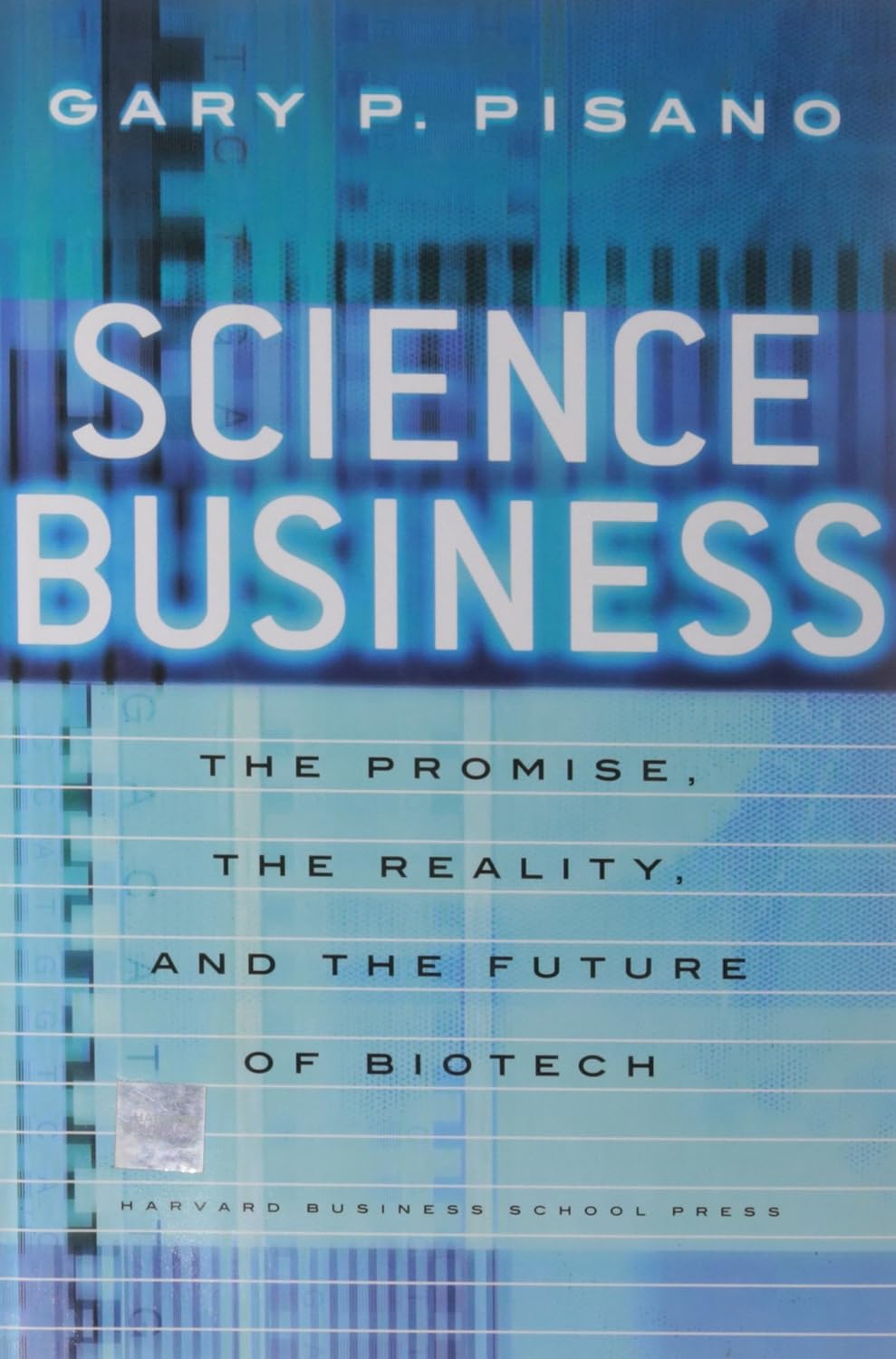Sometimes the barriers to innovation is outdated business models. Railroads and telegraphs needed the modern corporation and semiconductors and software needed venture capital
, says The Economist, quoting Gary Pisano, a professor at Harvard Business School who thinks that the biotech industry is in desperate need of a similar innovation. The problem is acute.
Large pharmaceutical firms used to be engines of innovation, but a big fall in share prices, the onslaught of generic drugs and bureaucracy from recent mega-mergers has tripped them up. Research productivity and approval rates for mass-market drugs aimed at rich consumers are falling (see chart). Big firms have grown risk averse, developing lots of imitations of blockbuster drugs and fewer novel ones. The squeeze will get worse as a dozen top-selling drugs lose patent protection over the next two years.
Nimble biotech firms, however, have a good record of innovation. But the bursting of the biotech bubble has left them starved of cash. Except for a few stars like California’s Amgen and Genentech, the industry makes no profits at all. Venture funding has shrivelled up in America, and Europe is not doing much better.
For the biotech industry, help is at hand. The good news is that new business models and cash are coming
, argues the article, mentioning Care Capital (defunct), Symphony Capital (defunct), The Milken Institute, among others.
It is of course often the case that exploiting new innovation requires new business models, as Clayton Christensen has pointed out. But the argument here is slightly different, saying that we need a different business model for the innovation to happen in the first place.
While the two points are clearly connected, it is worth looking out for examples of the latter and to consider if your industry is in this position. Another example that springs to my mind would be private space travel research which currently is built on super-rich enthusiasts.
Can you think of other examples?
